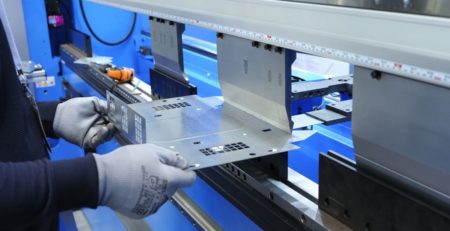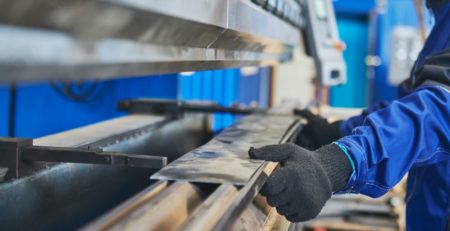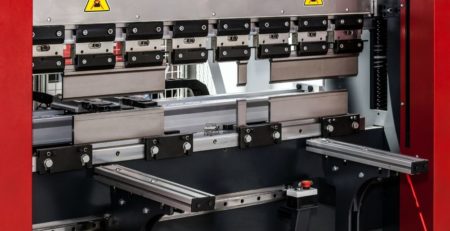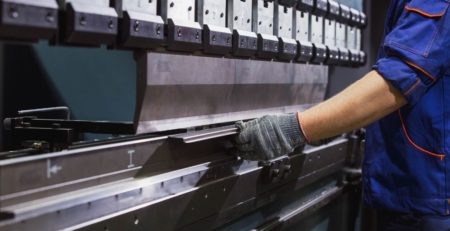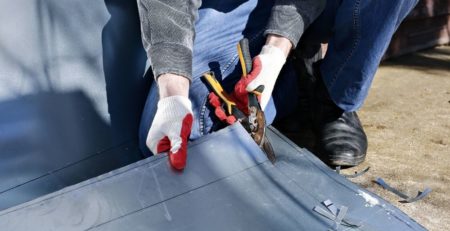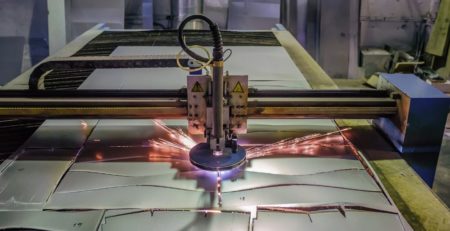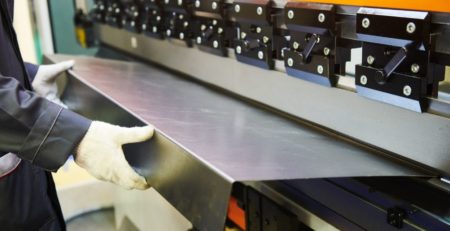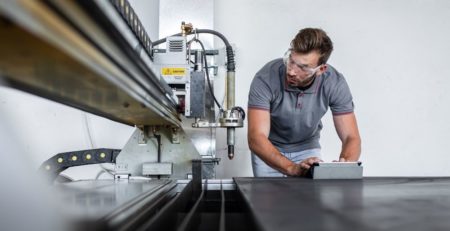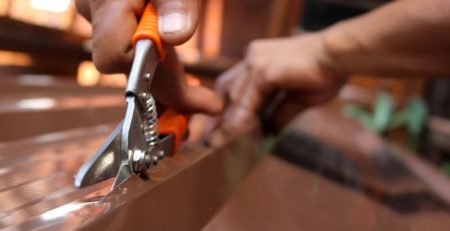Key Aspects of the Structural Steel Fabrication Process
Structural steel is strong, durable, and essential. Without it, there would be no skyscraper office buildings, high-rise apartments, or steel bridges. Structural steel supports hospitals, stadiums, warehouses, and manufacturing plants. It’s impossible to underestimate its importance in construction and building.
The advantages of structural steel are numerous. They include durability and tensile strength. Plus, steel can is recyclable, making it a more sustainable choice than some other building materials. Traditional steelmaking releases a considerable amount of carbon dioxide, a primary greenhouse gas. But steelmakers are making great strides in creating new ways to convert iron ore to make it useful for steelmaking. In fact, some estimate that “green” steel, made without burning fossil fuels, could become standard by mid-century.
Although structural steel is very strong, it’s also malleable, and it can be formed into a variety of customized shapes to create innovative and beautiful structures that stand up to wind and even earthquakes.
Structural steel is an alloy of iron and carbon. Structural steel fabrication involves cutting, shaping, bending, and assembling steel into the supportive steel components of large structures. Structural steel may be concealed in the final structure, or visible on the outside, as in bridges.
Structural steel fabricators prepare steel beams and other steel parts according to precise specifications. This is so the parts will fit together perfectly and attach securely to each other to form a strong, durable frame for buildings, bridges, large industrial equipment, or even staircases and railing.
Understanding the key aspects of the structural steel fabrication process deepens appreciation for this marvel of modern construction materials. Most sources that explain the structural steel fabrication process agree that the following are key aspects of the structural steel fabrication process.
Ideation
The first step in fabrication is gaining an understanding of what the project will look like, as well as what structural steel components will be necessary to create the contemplated structure. The concept for the project may include standard elements, or it may involve substantial creativity requiring the fabrication of completely new, and possibly unorthodox, steel components.
Blueprints and Shop Drawings
Blueprints express the project concept in drawings that show the details of how the structure is to be built. Shop drawings are the fabricator’s version of the blueprints, complete with specifications like budget and deadlines.
Architects, designers, and fabricators all use specialized engineering software to create blueprints and shop drawings. This software will factor in things like building code requirements, architectural specifications, and variables like unusual shapes.
Fabrication begins only after these initial key aspects of the structural steel fabrication process are complete. When the plans and drawings are ready, the fabrication partner or contractor begins the work of forming steel into the required shapes for the final structure. This stage of fabrication involves the following steps.
Cutting, Bending, Shaping, Drilling, and Welding
The key aspects of the structural steel fabrication process lie in a number of actions that are applied to the metal to form it into the proper shape, length, and width for the project. Fabrication also ensures that the pieces will fit together perfectly when assembled in place at the job site.
Structural steel manufacturers use a number of sophisticated, powerful machines and tools to create structural steel beams and other elements for steel-framed structures. These tools can cut, drill, shape, roll, and bend steel into the shapes necessary to form the frame or structure of a building, bridge, or even a work of art, like the famous Picasso sculpture in Chicago’s Daley Plaza.
Cutting tools for fabricating structural steel may include large, computer-guided machinery like water jet cutters, precision laser torches just put lasers, and plasma torches. These machines cut steel into the right lengths. Some fabricators may also use smaller tools like band saws for precision cutting.
Other tools used to fabricate structural steel may include punches or drills, used to bore precisely-measured holes in structural steel components so they can be attached to each other with bolts or rivets.
If steel must be bent into shape, a press brake or bending roller machine may do the job. Bent steel brings an architect’s vision of curving forms into being in a steel structure. Welding is another technique used to bend, shape you just connect two parts together, welding isn’t for bending or shaping, and connect steel parts to each other. Welding parts together may increase their overall strength.
Understanding the operation of machines like CNC beam drilling machines and laser cutters is essential to a shop’s ability to produce structural steel components according to blueprints, shop drawings, and any customized specifications.
Etching and Test Assembly
Fabricators mark each piece of structural steel with an etched or engraved part number to facilitate assembly when the part arrives on the construction site. Assembly can be like putting together an extremely complex jigsaw puzzle, and it’s essential that each part goes exactly where the plans say it should go. Fabricators will also ensure that any additional components necessary for assembly, including special fittings, fixtures, or plates, meet specifications and fit correctly.
Many fabricators will assemble the pieces they’ve formed to ensure that the fit is precise, and each piece is present and accounted for. If any pieces need further adjustments to fit correctly, the fabricator may conduct additional machining to improve the precision fit of the pieces.
After the fabricator determines that all the parts meet specifications and that they fit together according to plans, it’s time for finishing. At this stage, the fabricator will conduct polishing, or apply powder coating, paint, or rust- or fire-proofing coatings as required by applicable regulations and codes. When all the parts are finished and ready, the fabricator will arrange for shipping to the construction site.
Final Thoughts
Many industries depend on structural steel to create the environments necessary to conduct their business. Energy industries, manufacturing, construction, shipbuilding, aerospace, and automotive industries use structural steel in their facilities or products.
More recently, structural steel has become an aesthetic choice for architects to employ, unveiling the structural skeleton of the buildings or bridges they design. As rebuilding crumbling infrastructure becomes more urgent, structural steel formed in metal fabrication facilities will create a safer, sturdier future for highway overpasses, railways, bridges that span rivers and gorges, and subterranean structures that support water, sewer, and transportation systems.
The next time you drive across a steel bridge, or ride in an elevator up 10, 40, or 80 stories, take a moment to appreciate the skill and craftsmanship that went into the structural steel fabrication process that made those structures possible.




